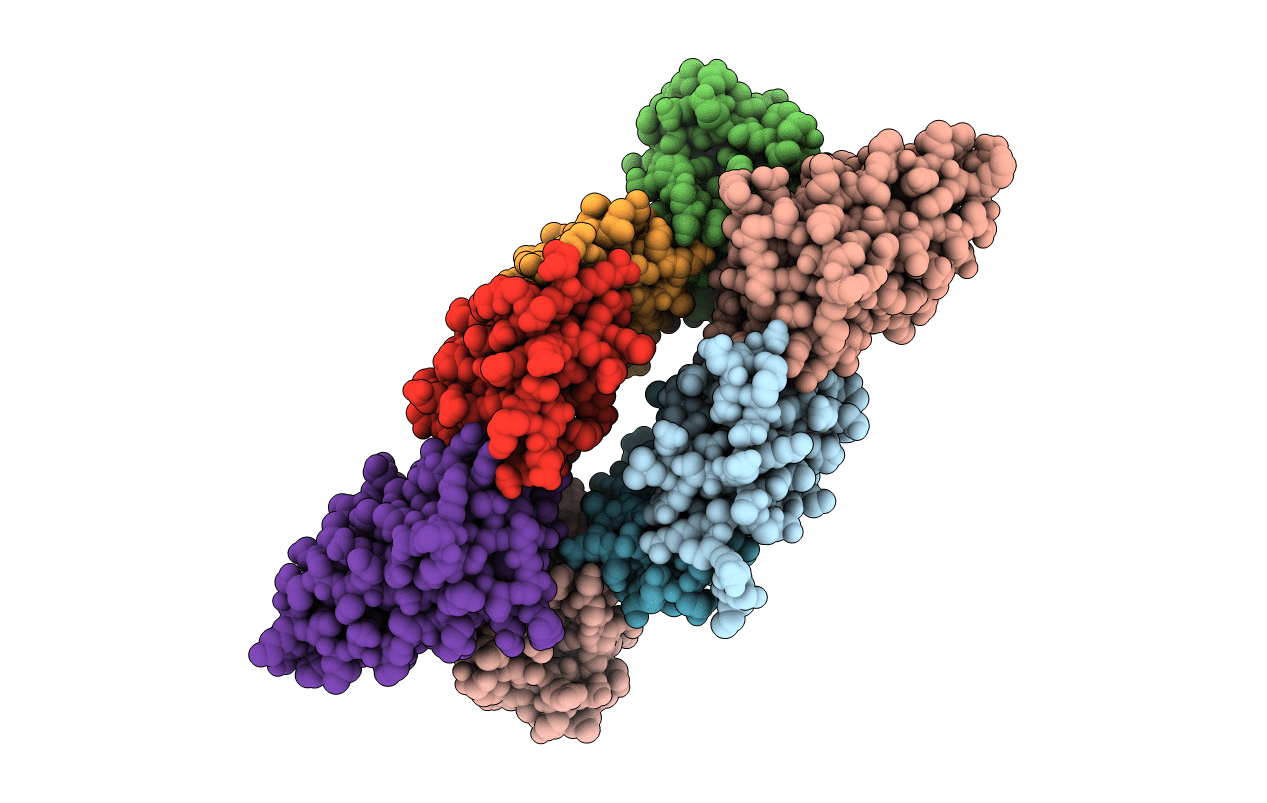
Deposition Date
2004-09-22
Release Date
2004-11-16
Last Version Date
2024-10-30
Entry Detail
PDB ID:
1XIW
Keywords:
Title:
Crystal structure of human CD3-e/d dimer in complex with a UCHT1 single-chain antibody fragment
Biological Source:
Source Organism:
Homo sapiens (Taxon ID: 9606)
Mus musculus (Taxon ID: 10090)
Mus musculus (Taxon ID: 10090)
Host Organism:
Method Details:
Experimental Method:
Resolution:
1.90 Å
R-Value Free:
0.24
R-Value Work:
0.20
R-Value Observed:
0.20
Space Group:
P 21 21 21


